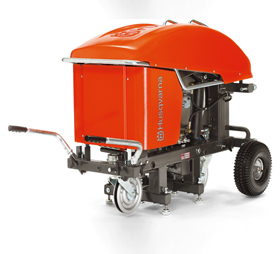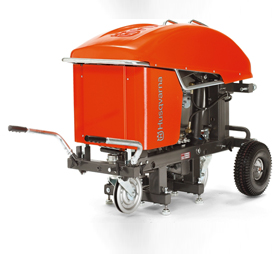In our previous blog post “Preparing Your Wire Saw”, we explained a step by step procedure for preparing your wire saw for operation. This post explains the next procedure involved in utilising a wire saw efficiently for successful concrete cutting.
For operating a wire saw, you need to assemble it first. Once this is achieved, you can start with the cutting process. Following, are the steps involved in the wire saw operation.
Step 1:
Effective starting of the wire saw is important if you want to ensure the success of your operations. For starters, close the valve on reduction pressure block by counter-clockwise rotation of the knob. When it stops, go for 2 turns back. Now you can start your hydraulic unit. Set to maximum, the feeding flow related to the unit. In order to achieve this you need to turn the controls present on the related remote control in the clockwise direction.
Now you need to create wire tension through careful knob turning on the reduction pressure block in the clockwise direction. Continue with it until you find that the tension in the wire is sufficient. Seating of the wire should be correct on every individual wheel for ensuring an effective operational start to the wire sawing process.
Step 2:
Now the next step is starting the rotation of the motor and for this, you need to turn controls associated with motor rotation present on the remote control in the clockwise direction. Gradually increase the speed of the motor by turning associated controls for generating motor rotation. You should be quite careful regarding the process because this is one of the crucial factors determining smooth wire saw operations.
An effective working pressure is generated when cutting pressure falls between 100 bar to 130 bar. This depends upon a number of wheel sets used in the magazine coupled with the amount of wire used along with the hardness of the material you want to cut with the wire saw. However, during this process it is important to heed a special WARNING! For effective cooling of the wire during cutting, it is important to consider the best cooling water position via adjustment in relation to the material ready to be cut. It is important to stop the machine whenever excessive heat is generated.
Step 3:
Effective cutting occurs when the working pressure goes down. You can visualise the pressure drop on the display and it is important to generate tension in the magazine. For this, you need to turn the reduction pressure block knob in the clockwise direction. The machine indicator displays the magazine output tension and during full tension it is important to stop the machine and wind the wire around a new set of wheels. Now you can continue the cutting process as described above.
Wire Saw Cleaning
Once cutting is over, it is time to clean the wire saw. Clean up all the related equipment and the best way to do this will be to remove the hose from its pivot and then use this water source for cleaning. Cleaning brushes can also be used for doing this effectively. Washers working with high pressure are not appropriate for such processes.
Maintenance
Daily maintenance can keep your wire saw working effectively for a long time. You need to consider regular cleaning with lubrication and servicing. Ideally, you should use professional services after 50 hours of operation.


